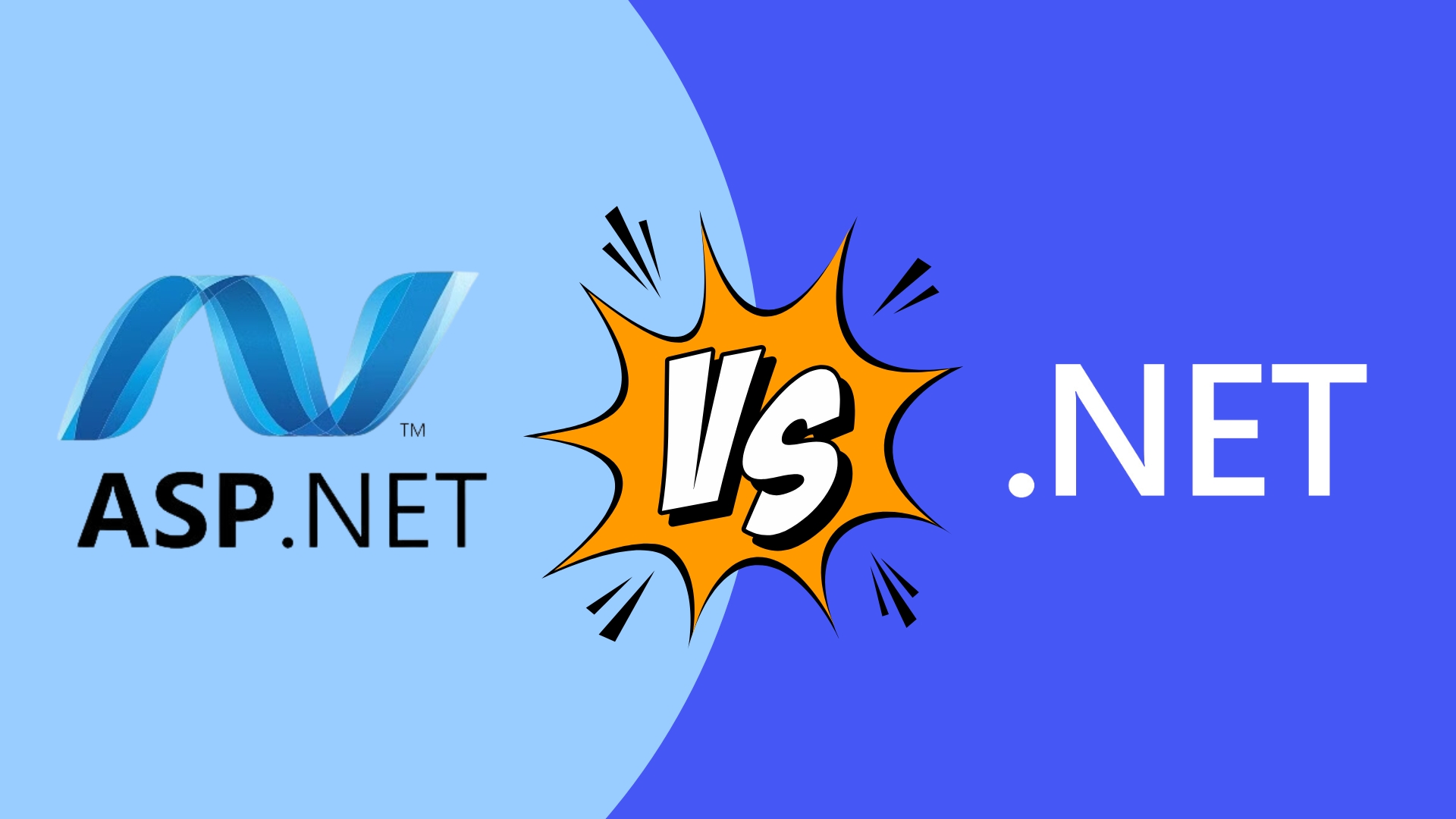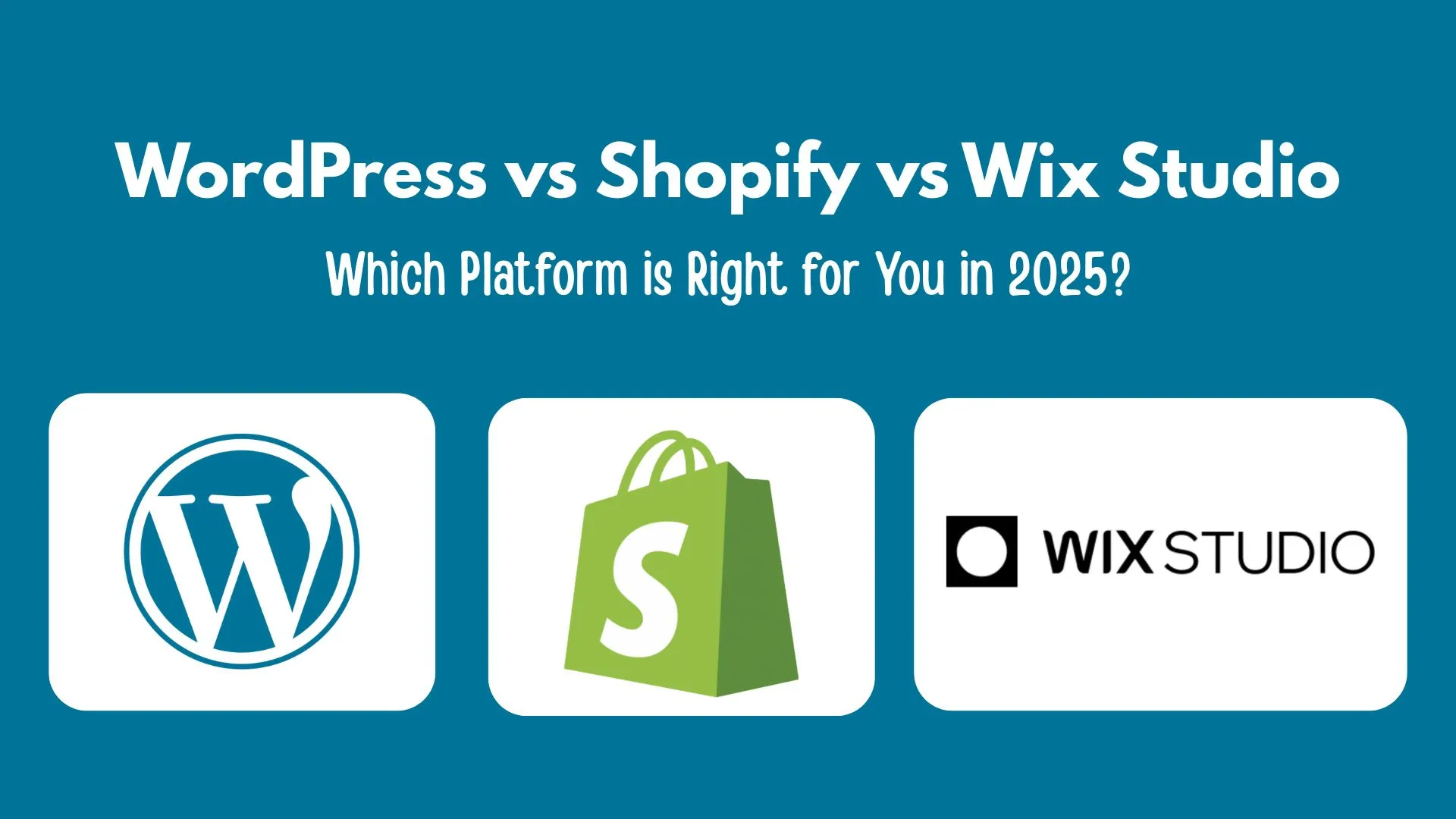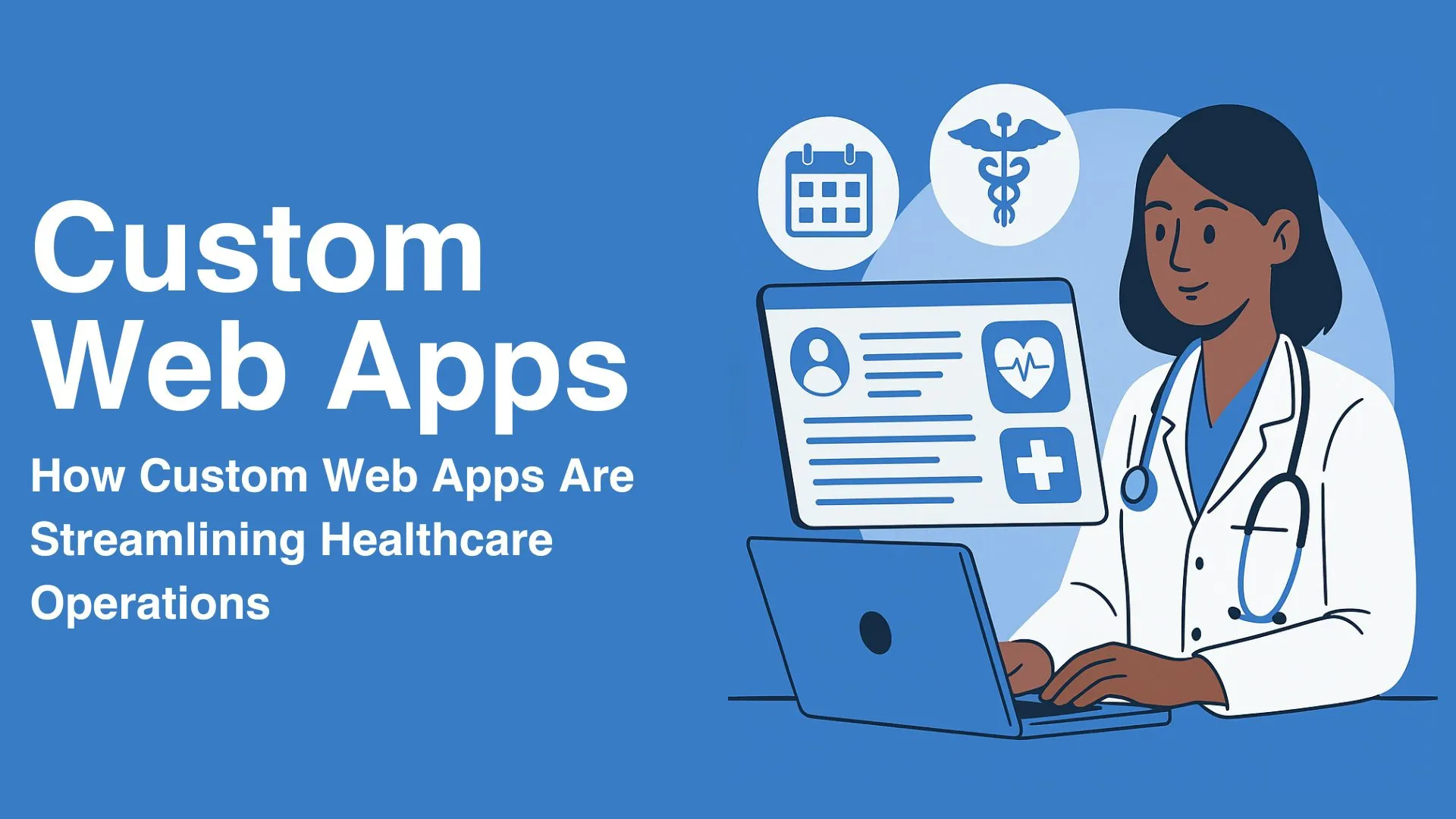Explore the key differences between ASP.NET and .NET, two powerful Microsoft frameworks. Learn when to use each based on your development goals and application needs.
Introduction
Selecting the appropriate software development platform is essential in the fast-paced field of software development. Two popular technologies in Microsoft’s ecosystem are .NET and ASP.NET. Despite frequently being stated simultaneously, they have distinct functions. Understanding these differences can help developers build everything from cross-platform desktop apps to dynamic web-based applications with confidence.
Understanding the Basics: .NET vs. ASP.NET
.NET
Microsoft’s .NET (also called “dot net”) is a complete, open-source software development platform. It enables developers to build a wide range of applications—desktop, mobile, cloud, and more—using languages like C#, F#, and VB.NET. The platform includes the Common Language Runtime (CLR) for executing code and a vast .NET Framework Class Library for application functionality. The .NET platform supports building for Windows, macOS, and even Linux applications through .NET Core.
ASP.NET
Although it belongs to the .NET family, ASP.NET is designed especially for creating cutting-edge, dynamic web apps and APIs. Originally standing for “Active Server Pages,” ASP.NET includes features like Razor Pages, Blazor, and Model-View-Controller (MVC) architecture to help developers create responsive, scalable, and high-performing websites and services. It acts as a web application framework within the .NET Core framework.
Key Differences at a Glance
| Feature | .NET | ASP.NET |
|---|---|---|
| Primary Use | Build a wide range of applications | Build dynamic web applications and services |
| Components | Class libraries, CLR, cross-platform support | MVC, Razor Pages, SignalR, Blazor |
| Performance | Optimized for general computing tasks | Optimized for handling web requests |
| Scope | Broad—desktop, mobile, IoT, server | Narrow—web-based platforms |
| Nature | Core platform/framework | Web application framework (part of .NET) |
When to Use .NET vs. ASP.NET
Choose .NET if:
- You’re building desktop or mobile apps.
- Your app runs across Windows, macOS, or Linux.
- Backend performance and data processing are key priorities.
Choose ASP.NET if:
- You’re developing web apps, websites, or REST APIs.
- You need frameworks like Blazor for interactive front ends.
- SEO, user interaction, and server-side rendering matter.
This comparison often surfaces in the ASP.NET vs. .NET debate—where the former is a powerful subset specialized for web, and the latter a versatile software development platform.
Development Tools and Ecosystem
Both frameworks are tightly integrated with Visual Studio, offering productivity tools like
- IntelliSense: Code completion and suggestions.
- CodeLens: Inline references and insights.
- Built-in Debugging: Seamless error tracking and correction.
Developers can also access extensive online documentation, GitHub projects, tutorials, and active support communities for both platforms.
Enriching Your Tech Stack
Choosing between ASP.NET and .NET isn’t a matter of “which is better” but rather “what suits your goals.” They work in tandem—ASP.NET is a part of the broader .NET platform. This relationship allows developers to write clean, reusable code while building apps that range from data-heavy enterprise systems to sleek, modern websites.
By leveraging the open-source nature of these frameworks and the Common Language Runtime (CLR), you can efficiently create scalable, maintainable, and high-performance software using languages like C#, F#, and VB.NET.
Final Thoughts: Making the Right Choice
Understanding how ASP.NET fits into the .NET ecosystem empowers developers to select the right tools based on project scope. Whether you’re looking to build Linux applications, cross-platform desktop tools, or robust web services, Microsoft’s software development platform offers the flexibility and performance to make it happen.
Ready to build?
Start with your project goals, and let the framework follow.







